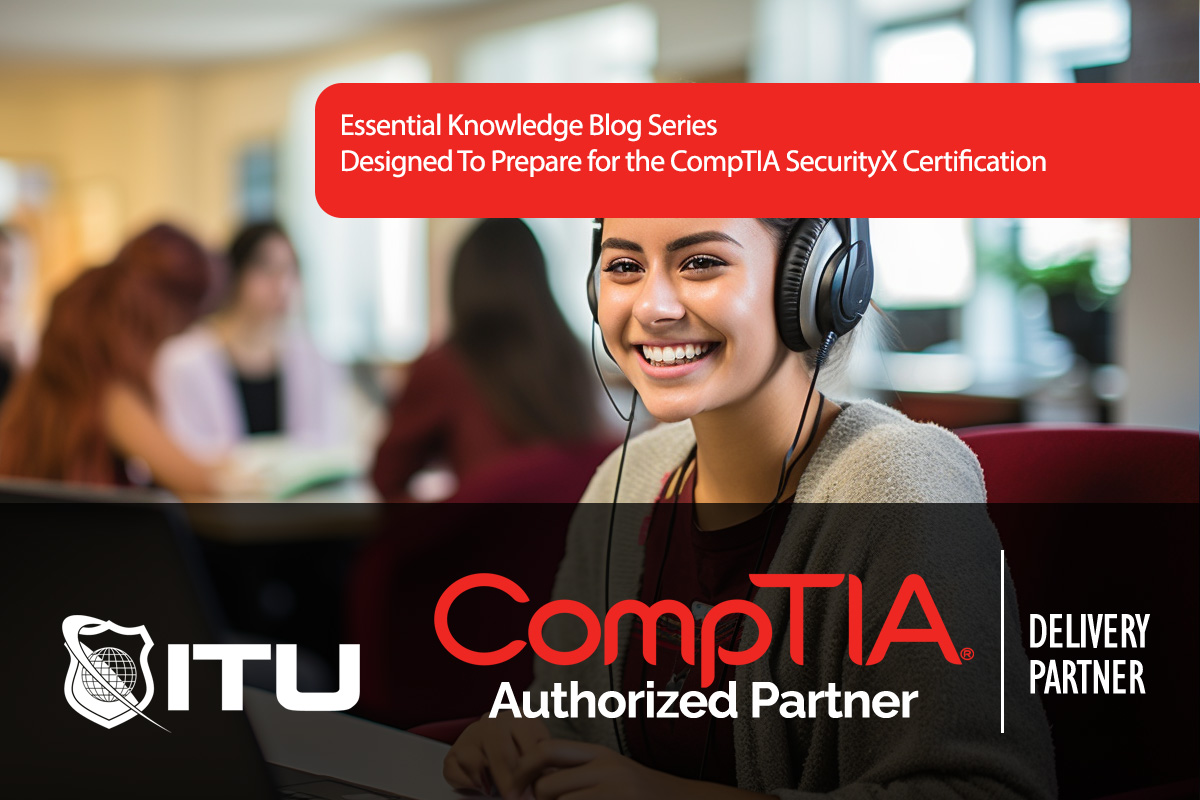What Is Finite State Machine?
Definition: Finite State MachineA Finite State Machine (FSM) is a computational model used to design both computer programs and sequential logic circuits. It is defined by a list of its

Threat response is a crucial component of cybersecurity, involving the immediate actions taken to contain, mitigate, and resolve security incidents. A swift and effective response minimizes the impact of threats, preserves data integrity, and protects critical systems. For candidates pursuing the CompTIA SecurityX certification, understanding threat response is essential under Objective 4.4: “Analyze data and artifacts in support of incident response activities.” This blog explores the core components of threat response, effective techniques, and best practices for building a resilient response framework.
Threat response is the set of actions that cybersecurity teams implement to detect, analyze, contain, and eliminate security threats in real-time. It forms a critical part of incident response, with the ultimate goal of minimizing damage, reducing risk exposure, and ensuring business continuity. Threat response includes immediate measures to block malicious activity, remove compromised elements, and restore affected systems to operational status.
These steps align with CompTIA SecurityX exam requirements, ensuring candidates are well-prepared to handle real-world security incidents and support ongoing threat management efforts.
Threat response follows a structured, phased approach to ensure all critical aspects are addressed. Here’s an overview of the key phases:
A well-rounded threat response process relies on various tools that aid in detection, containment, and remediation:
Adopting best practices in threat response strengthens organizational readiness and ensures timely, effective actions during incidents.
Understanding and mastering threat response is integral to the CompTIA SecurityX certification and to incident response as a whole. Threat response skills enable cybersecurity professionals to:
Incorporating a structured threat response process with defined steps, best practices, and tools prepares security teams to handle incidents with confidence, resilience, and agility.
Threat response in cybersecurity refers to the actions taken to detect, contain, mitigate, and eliminate threats to protect an organization’s data, systems, and networks. It aims to minimize impact, prevent further damage, and restore normal operations as quickly as possible.
Threat response is essential in incident management because it enables teams to quickly contain and remediate security incidents. Effective threat response prevents data loss, limits financial and reputational damage, and ensures business continuity by restoring systems to normal.
The main steps in the threat response process include detection and alerting, containment, mitigation, remediation, recovery and restoration, and post-incident review. Each step helps in identifying, controlling, and eliminating the threat while preparing for future incidents.
Tools commonly used in threat response include Security Information and Event Management (SIEM) systems, Endpoint Detection and Response (EDR), Network Traffic Analysis (NTA), and Threat Intelligence Platforms (TIPs). These tools provide real-time monitoring, detection, and automated response capabilities.
Best practices for threat response include developing and testing incident response playbooks, implementing continuous monitoring and logging, automating threat detection and response using SOAR tools, and conducting post-incident analysis to improve future responses.
Lorem ipsum dolor sit amet, consectetur adipiscing elit. Ut elit tellus, luctus nec ullamcorper mattis, pulvinar dapibus leo.
$49.99 Original price was: $49.99.$16.99Current price is: $16.99. / month with a 10-day free trial
Definition: Finite State MachineA Finite State Machine (FSM) is a computational model used to design both computer programs and sequential logic circuits. It is defined by a list of its
Definition: Non-Uniform Memory Access (NUMA)Non-Uniform Memory Access (NUMA) is a computer memory design used in multiprocessing, where the memory access time varies depending on the memory location relative to the
Definition: QuineA quine is a non-empty computer program that takes no input and produces a copy of its own source code as its only output. The concept is named after
Definition: Quantum ComputingQuantum computing is a type of computation that harnesses the collective properties of quantum states, such as superposition, entanglement, and quantum interference, to perform calculations. It is fundamentally
Definition: Virtual Application NetworkA Virtual Application Network (VAN) is a network architecture that abstracts the complexity of managing individual network devices and provides a simplified interface for the deployment and
Definition: Multi-Version Concurrency ControlMulti-Version Concurrency Control (MVCC) is a database optimization technique that allows multiple transactions to access the same database concurrently without interfering with each other. By creating and
Definition: Quorum ConsensusQuorum consensus in blockchain technology is a mechanism utilized to achieve agreement on a single state or value among distributed processes or systems, such as nodes in a
Definition: Mobile Ad Hoc Network (MANET)A Mobile Ad Hoc Network (MANET) is a self-configuring network of mobile devices connected by wireless links. Each device in a MANET is free to
Definition: Manufacturing Execution SystemA Manufacturing Execution System (MES) is an information system that connects, monitors, and controls complex manufacturing systems and data flows on the factory floor. The primary goal
Definition: MongoDBMongoDB is a NoSQL database management system known for its flexibility, scalability, and performance. It uses a document-oriented data model, which allows for varied data types and structures within
Definition: Key Agreement SchemeA key agreement scheme is a protocol used in cryptography that allows two or more parties to agree on a shared secret key, which can then be
Definition: Application Layer AttackAn application layer attack targets the top layer of the OSI model, which is responsible for interfacing with end users and applications. It aims to disrupt the
ENDING THIS WEEKEND: Train for LIFE at our lowest price. Buy once and never have to pay for IT Training Again.

Get ready for the updated 220-1201 & 220-1202 exams with our brand-new CompTIA A+ training—designed to help you pass with confidence and start your IT career strong. Access this course and over 2,900 hours of expert-led IT training when you sign up for any of our All-Access Passes. Don’t miss out—enroll now and start learning today!